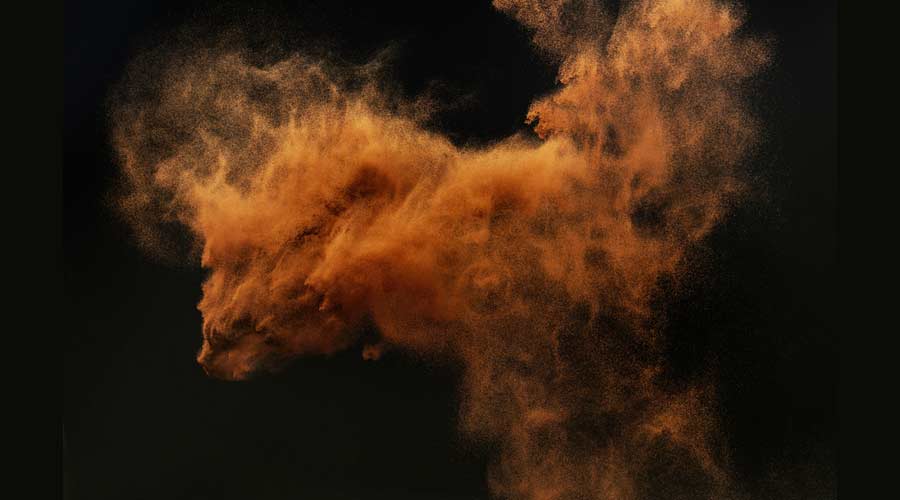
Contributed by Goodway Technologies
Goodway Technologies is reminding facility managers about the importance of understanding the risks of explosions and fires in the workplace. Airborne particles, like dust, have a surprising combustive power and can pose a threat to various industries.
“Preventing dust explosions is of utmost importance in any facility. The devastating consequences of these explosions can pose a significant threat to the safety of staff and the integrity of the facility,” says Tim Kane, president and CEO of Goodway Technologies. “Taking the right precautions and having the right equipment in place can help reduce the risk of dust explosions.”
It is essential to take proper steps to reduce potential hazards and concerns associated with combustible dust explosions. To help prevent dust explosions, Goodway Technologies is sharing 10 tips:
1. Most dusts are combustible. According to the Occupational Safety and Health Administration (OSHA), any solid that can catch fire can become explosive when converted into dust.
2. Ensure access to all hidden areas of the facility. Evaluate dust buildup on every horizontal surface, including ductwork, beam and joist surfaces, and areas above suspended ceilings.
3. Frequently inspect for dust. OSHA inspectors look for accumulations of 1/32 of an inch, which is about the thickness of a standard paper clip. Immediate cleaning is necessary when a layer of that amount covers a surface area equal to 5 percent of the floor area.
4. Implement regular cleaning intervals. Develop a plan for timely cleaning, ensuring that work cycle dust is removed concurrently with operations and not allowed to accumulate. Be cautious of dust dispersion during housekeeping.
5. Relocate dust collectors outside. Dust collectors with a volume greater than 8 cubic feet should be situated on the exterior of buildings to limit risks.
6. Ensure electrical wiring and equipment are approved for dust hazard conditions. OSHA recommends using proper electrical equipment in hazardous locations to eliminate a common ignition source.
7. Use certified industrial vacuums for picking up explosive material. In hazardous dust environments, "explosion-proof vacuums" approved for Class II conditions should be used to prevent sparks.
8. Control ignition sources. Post "No Smoking" signs, control static electricity through bonding and grounding equipment, and provide necessary personal protective equipment to prevent ignition from static electricity.
9. Perform regular preventative maintenance on equipment. Faulty equipment is a common cause of ignition.
10. Train employees to recognize and prevent hazards. Proactively train new employees before they start work and periodically refresh their knowledge. Employees should understand safe work practices, as well as plant programs for dust control and ignition source control. Encourage employees to report unsafe practices and foster a company culture of safety. If fine dust, powders, or other flammable materials are used in the facility, consider implementing these tips to enhance preparedness.
A hazardous or classified location is defined by the National Electrical Code (NEC) as an area with a risk of explosion or fire due to the presence of flammable gasses, vapors, dust, or ignitable fibers in the air. Electrical sparks, arcs, or hot surfaces can ignite gasses and airborne particles, resulting in injury, loss of life, and property damage.
The NEC employs a class/division/group system to identify different risk levels:
• Class defines the type of hazardous material present in the area.
• Division defines the likelihood of sufficient quantities of hazardous material being present to ignite or explode.
• Group provides further specificity regarding the type of hazard in the atmosphere
While this information can serve as a reference, it is important for plant and facility managers to discuss best practices with their safety officer or maintenance personnel before selecting equipment. NEC Article 500 also offers guidance on choosing the appropriate enclosures to ensure the safety of individuals and property.

 The Down and Dirty on Cleaning in Virus Season
The Down and Dirty on Cleaning in Virus Season How Surfactant Use is Expanding in Commercial Cleaning
How Surfactant Use is Expanding in Commercial Cleaning Clean Buildings Conference
Clean Buildings Conference